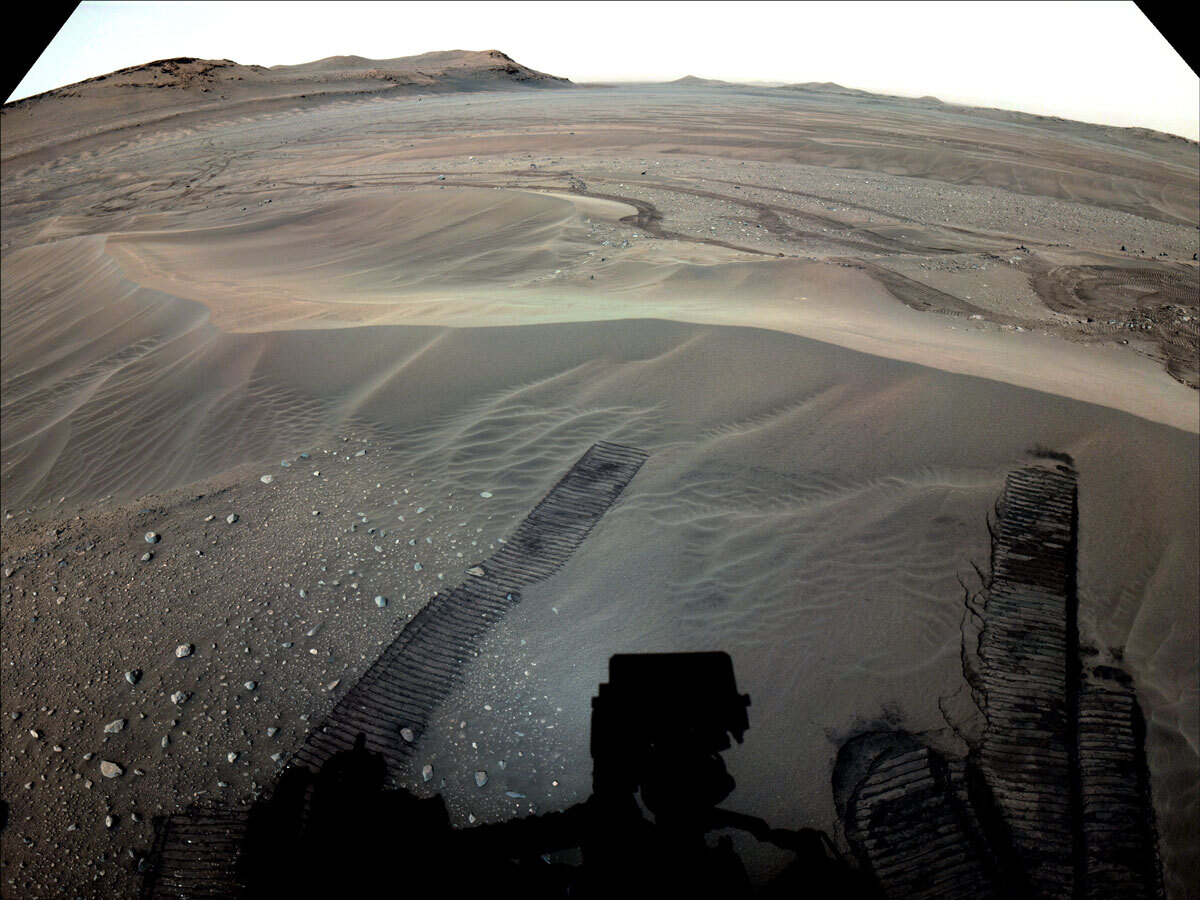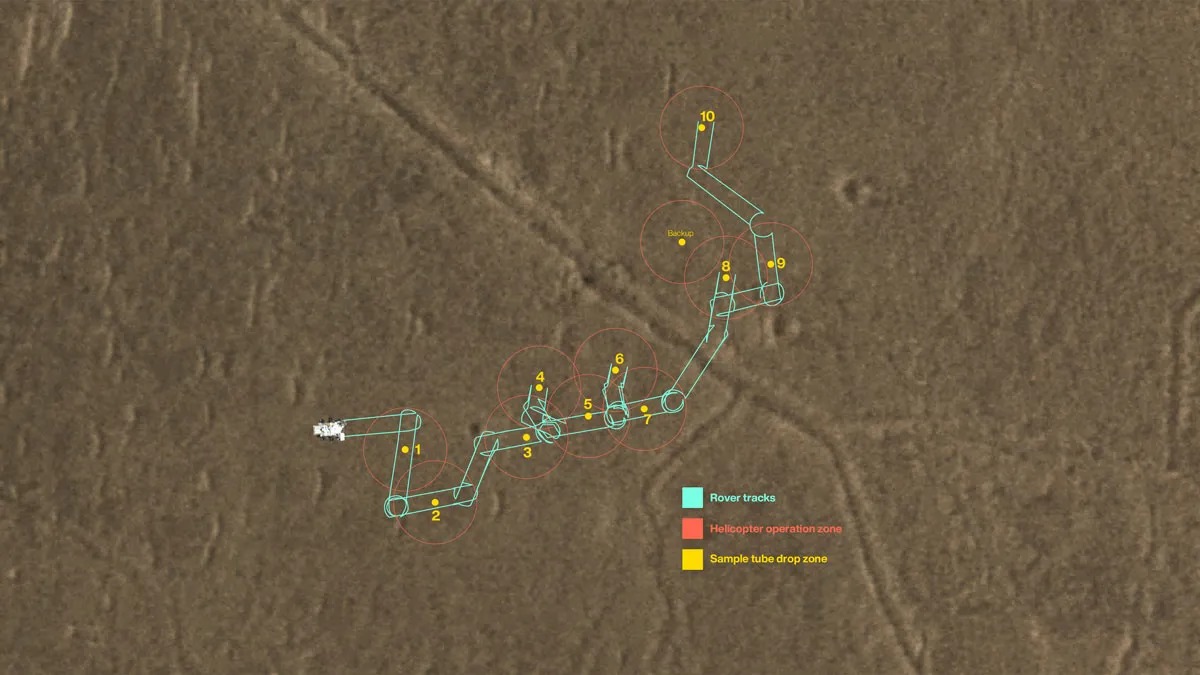NASA still hopes to reach Mars to retrieve capsules filled with valuable material: rocks and regolith, which is a mixture of soil and dust. The goal of the Mars Sample Return project is to return them to Earth for further study. The first important step in this journey will be undertaken very soon. The Mars rover Perseverance is ready to build the first sample repository on another planet. This is reported by NASA.

To store the samples, NASA chose a place called Three Forks in the crater Jezero. It was not an easy task. The place had to be flat and free of stones, because Mars is a rather rocky planet. Perseverance will leave 10 sample tubes in storage. But the storage will not be a building in our common understanding, because titanium capsules should not be placed in one pile. NASA said the sample capsules will be placed in a complex zigzag pattern, 5 to 15 meters apart.
“You can’t just dump them in a big pile, because evacuation helicopters are designed to only deal with one capsule at a time,” said MSR program manager Richard Cook.
The upcoming Mars Sample Return mission will carry two small helicopters to collect samples left behind by Perseverance. These aircraft are created due to success of the Ingenuity Mars helicopter. But they need a safe place to land to pick up their valuable cargo.

Placing the capsules on the surface will be a rather slow process. Perseverance is expected to take over a month to do so. The process will involve sending lots of data so that the capsules can be found later, even if Martian winds cover them up with dust or sand. After the completion of the “construction” of the improvised warehouse, the rover will rise to the top of the long-dried river delta. The views from there should be amazing, and NASA hopes to find more interesting rocks to collect samples from.
Scientists suspect that the Jezero crater was once the ancient bottom of the lake. The Mars rover found stones that are related to the history of the existence of water on the planet. In some samples, organic molecules have even been observed. But for an accurate study, it will be necessary to send these samples to a laboratory on Earth to determine whether they contain evidence of ancient microbial life.
We previously reported how NASA’s Perseverance first recorded the sound of a dust devil on Mars.

